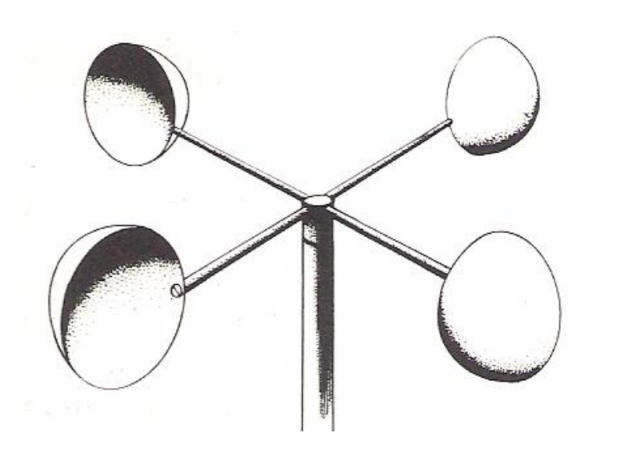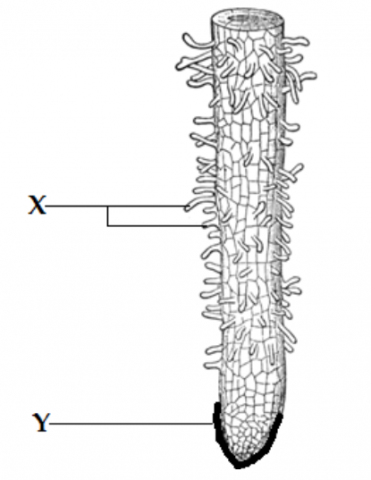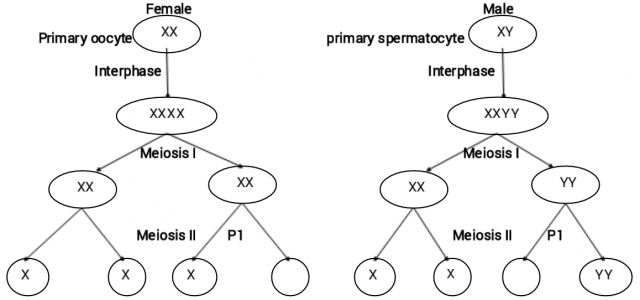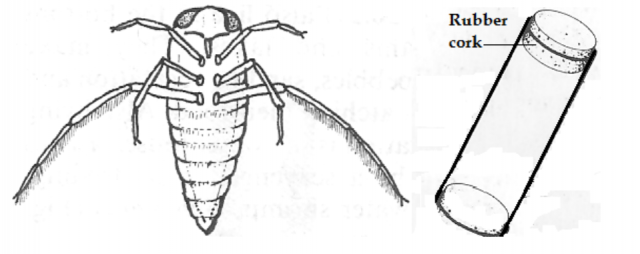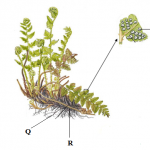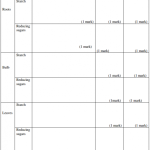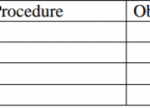KNEC KCSE Biology Paper 1 Question Paper / 2015 KCSE Starehe Boys Centre Mock
BIOLOGY PAPER 1 QUESTION PAPER
2015 KCSE Starehe Boys Centre Mock
Biology Paper 1
Name two structures used for gas exchange in terrestrial plants.
2 marks
Other than Animalia, name one other kingdom comprising organisms in which carbohydrate is stored in form of glycogen.
1 marks
Name the organism that causes malaria.
1 marks
What is the function of the valves in the mammalian heart? What is the function of the valves in the mammalian heart?
1 marks
Give the relationship between atmospheric air pressure and altitude.
2 marks
State two changes that take place when an animal undergoes hibernation
2 marks
Define special creation theory.
1 marks
List any two vestigial structures in man
3 marks
Name each of the following
(a)the material secreted by sebaceous glands (1 mark)
(b)the enzyme produced in the mouth, in man (1 mark)
(c)the enzyme produced in the stomach, in man (1 mark)
(d)branch of biology dealing with the study of the morphology and physiology of blood, the blood forming organs, diseases of blood and work of the blood bank (1 mark)
(e)the homogametic sex, in man (1 mark)
5 marks
Spirogyrawas observed to produce oxygen gas molecules adhering as bubbles between the tangled filaments of the organism. Identify the characteristic of living things exemplified by this feature of Spirogyra.
1 marks
Arrange the following in ascending order:
Community, Population, Biosphere, Ecosystem
1 marks
In making an analogy of a model of a protein molecule, a biology teacher held up a necklace of beads to her class. In this analogy, what does each of the following represent?
(a)The beads? (1 mark)
(b)The string joining the beads? (1 mark)
2 marks
(a) What is the basic unit of a deoxyribonucleic acid molecule? (1 mark)
(b)List the components of the unit named in (a) above (3 marks)
4 marks
Give one structural and one physiological function of the xylem tissue: (2 marks)
(a)Structural
(b)Physiological
2 marks
In which two ways does active transport differ from osmosis?
2 marks
(a) Define the term appendage as used with reference to arthropods (1 mark)
(b)Name any two appendages in arthropods (2 marks)
3 marks
Complete the table below, which relates to the material that makes up the cell wall of organisms in the specified taxonomic groups.
| Taxonomic group | Plantae | Monera |
| Material of cell wall | _ | _ |
2 marks
The solubility in water of uric acid and ammonia at 20oC is as indicated below
Solubility
Uric acid 00.006g/ 100ml
Ammonia 31.000g/ 100ml
Based on the figures above, give reason why desert animals excrete nitrogen in form of uric acid rather than in form of ammonia.
2 marks
In mammals, erythrocytes have no mitochondria while each livercell has upwards of 2 000 of these cell organelles. Explain
2 marks
In an investigation to estimate the number of Minnows (Rastrinoebola argentea) in a small pond, 625 Minnows were netted, marked and released. One week later 873 Minnows were netted and of these, 129 had been marked. What was the estimated size of the population of these organisms?
3 marks
Artificial insemination is a breeding technique used to improve or perpetuate specific genetic traits. It involves collection of semen from a male animal and its deposition into the reproductive tract of a female animal. The technique makes it possible for controlled breeding and increases the male : female ratio from 1:10 to 1:40-50. Explain this change in the male : female ratio
1 marks
(a) Give reason why small droplets of fat get broken down by enzymes more quickly than large fat
droplets (1 mark)
(b) Name:
(i)the biological phenomenon alluded to in (a) above (1 mark)
(ii)the material, in the mammalian body, responsible for the phenomenon in (a) above
(1 mark)
3 marks
In a certain variety of pea (Pisum sativum)plants, the gene for yellow-coloured flowers is dominant to the gene for white-coloured flowers.
(a)Write down the possible genotypes of a yellow-flowered pea plant. (Use letter E to represent the gene for yellow flower colour) (2 marks)
(b)How can a yellow-flowered pea plant be confirmed to be heterozygous? (1 mark)
3 marks
(a) Define biodegradation (1mark)
(b) Study the data in the table below, which relates to the approximated time for compounds to biodegrade in a marine environment (1 mark)
| Material | Time to biodegrade |
| Paper towels | 2 – 4 weeks |
| Cardboard box | 2 months |
| Plastic coated milk carton | 5 years |
| Plastic bags | 10 – 20 years |
From the table above, identify the material that is
(i)least biodegradable
(ii)most biodegradable
2 marks
State one structural difference between microvilli and intestinal villi.
1 marks
Give two possible meanings of the term translocation as used in biology.
2 marks
(a) Millipedes have an exoskeleton, a hard and tough structure yet these animals spend most of
their time in moist environments. Explain this apparent contradiction (2 marks)
(b)Plants manufacture food through photosynthesis- a process that uses light energy and carbon(IV)oxide yet in some plants stomata open only during the night and remain closed during the day. Explain this apparent contradiction (2 marks)
4 marks
(a)Study the diagram of a germinating oat seedling illustrated below. Give the term used to describe the type of germination illustrated by the plant in the diagram above. (1 mark)
(b)Explain your answer in (a) above . (1 mark)
2 marks
Illustrated below are abnormalities that may take place during gamete formation in humans. Study the illustrations carefully and answer the questions that follow:
In this illustration, the gametes formed are marked 1, 2, 3 and 4 in the female and 5, 6, 7 and 8 in the male
(a)Identify the phenomenon marked P1 in the illustration above . (1 mark)
(b)Specify the ploidy condition of the zygote formed from fusion between the gametes marked 2 and 8. (1 mark)
2 marks
Shown below is the diagram of Notonecta glauca, an aquatic arthropod:
(a)
(i) State the arthropod class to which Notonecta glauca belongs (1 mark)
(ii)State one feature, observable in the diagram above, you used in identifying the arthropod class in (a)(i) above (1 mark)
(b)Given that the specimentube shown in the diagram above is 23.6mm deep and weighs 33g, determine the actual sizeof the arthropod and hence work out the magnification of the diagram above (2 marks)
4 marks

